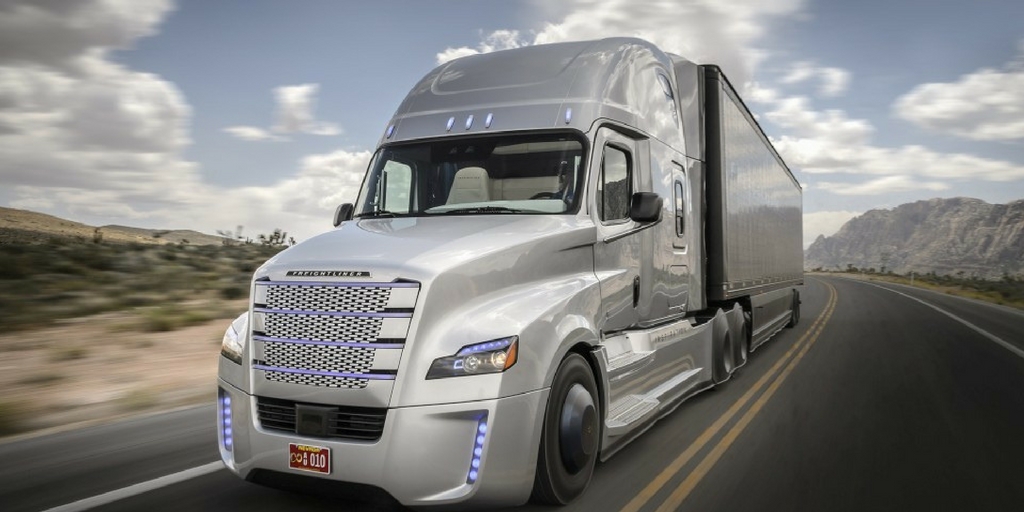The shortage of drivers paired with the continued growth of the trucking industry paves the way for driverless trucks.
This guest post comes to us from Rachel Everly, a writer for Cerasis, a top freight logistics company and truckload freight broker.
The trucking industry has been serving America for many decades, and even today it is the main method by which freight is transferred all over the country. Anyone who says the trucking industry is facing a decline or a reduced demand is way off the numbers. More large trucks are coming on U.S. roads, traveling more miles, and transporting more good than ever before.
We have seen more than 3% increases in the number of trucks, which translates to almost 11 million trucks. Also, trucks are still transporting 73% of almost all cargo weight moved in one year. With all these impressive numbers, surprisingly there is a shortage of drivers. That spells both trouble and opportunity for this industry.
Where is there a shortage of drivers?
The U.S trucking industry is facing a severe driver shortage. One estimate shows that around 48,000 drivers are required to move about 70% of freight.
To improve safety, in December 2015, the U.S. Department of Transportation’s Federal Motor Carrier Safety Administration (FMCSA) announced that driver hours will be recorded via Electronic Logging Devices by 2017. This becomes mandatory by December 18, 2017. This was introduced because the existing systems of time-logging are purposely made very complicated, thus not allowing one to check how many hours is a driver on the road.
This is being introduced to ensure that driver safety is not compromised, keeping fatigued drivers off the road. According to calculations, this will save 26 lives a year and prevent 562 injuries every year. Not just this, the ELD will save companies the hassle of paperwork, eventually leading the trucking industry to save somewhere around $1 billion due to reduced paperwork and time-savings.
However, this means reduced hours per driver, thus increasing the need for more drivers. Small trucking companies will be hit the hardest, but overall the industry will be in a better position thanks to this rule. It is estimated that this new rule would cost the industry $1.8 billion, but cost savings from reduced accidents and paperwork amount in excess of $3 billion.
The way to driverless trucks
Humans are amazing creatures, but we are prone to human errors. Human errors account for the majority of the road accidents. Plus with the new rule in, companies will need more drivers, adding to costs. Uber has been actively working on getting driverless trucks on the roads, with a project already started in Singapore, and now has turned its eyes on the trucking industry.
Uber has recently acquired the start-up Otto. Otto has made great inroads into driverless trucks. Otto currently has 6 working self-driving trucks, with plans to expand to 15. This year Otto is continuously running tests; trucks are hauling random items from the company’s garage to test how the vehicles respond to hauling weight.
The company is confident that soon they will be moving all kinds of goods for shippers. They have already started forging relationships with big names in the trucking industry. The self-driving trucks have shown that they can easily operate on highways, maneuvering off the open interstate is still a work in progress.
The following infographic outlines some of the benefits of driverless trucks:
Related posts:
- Uber for Trucking: Is It Here?
- How to Leverage Social Media in Transportation and Logistics
- Cerasis Talks Content Marketing and Social Media
